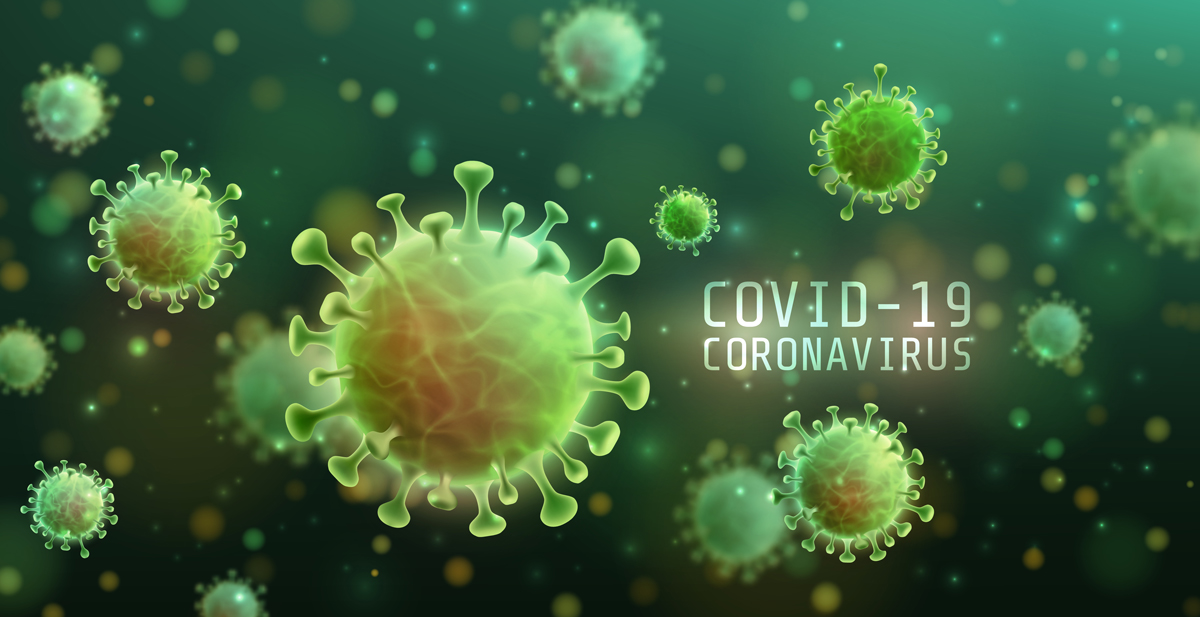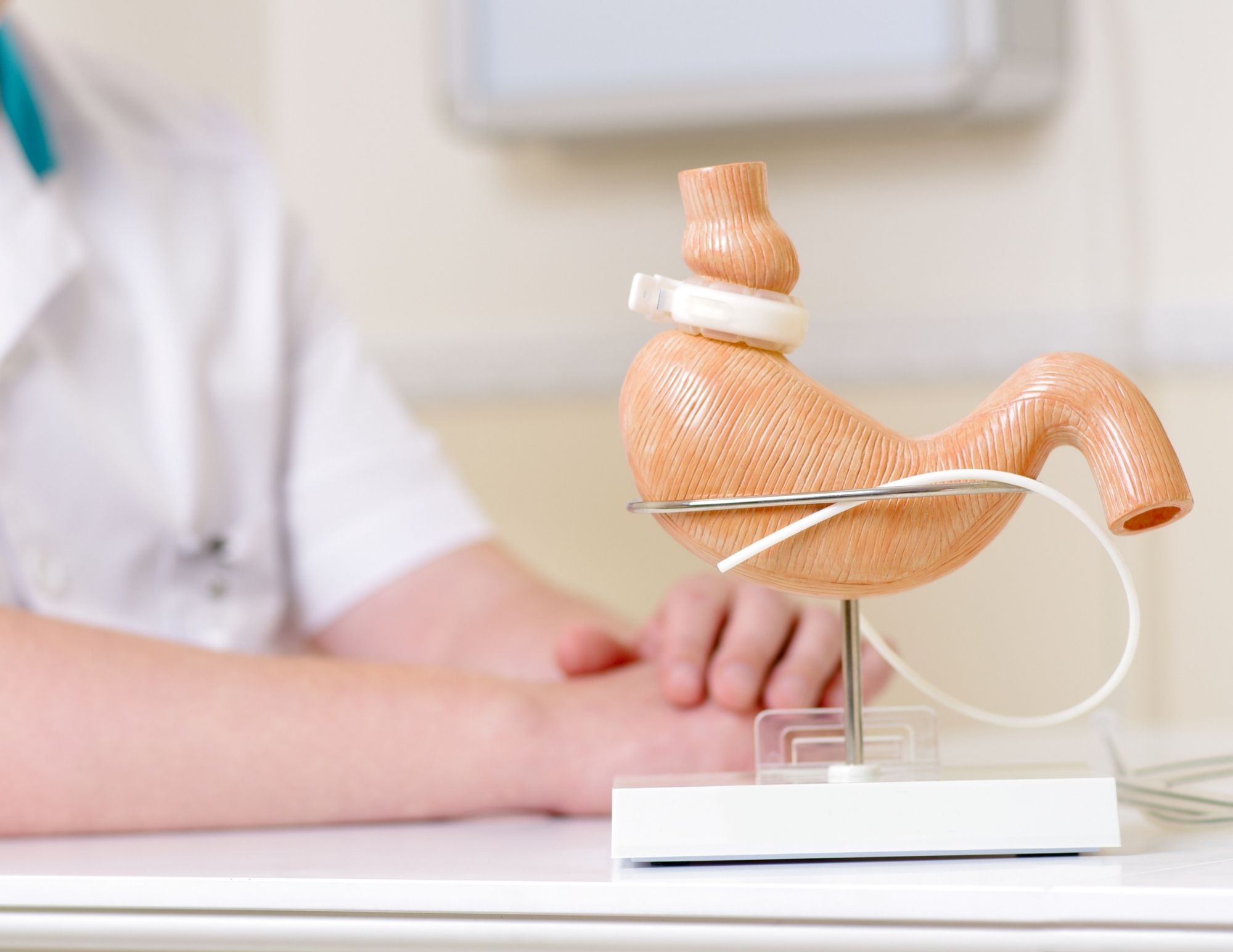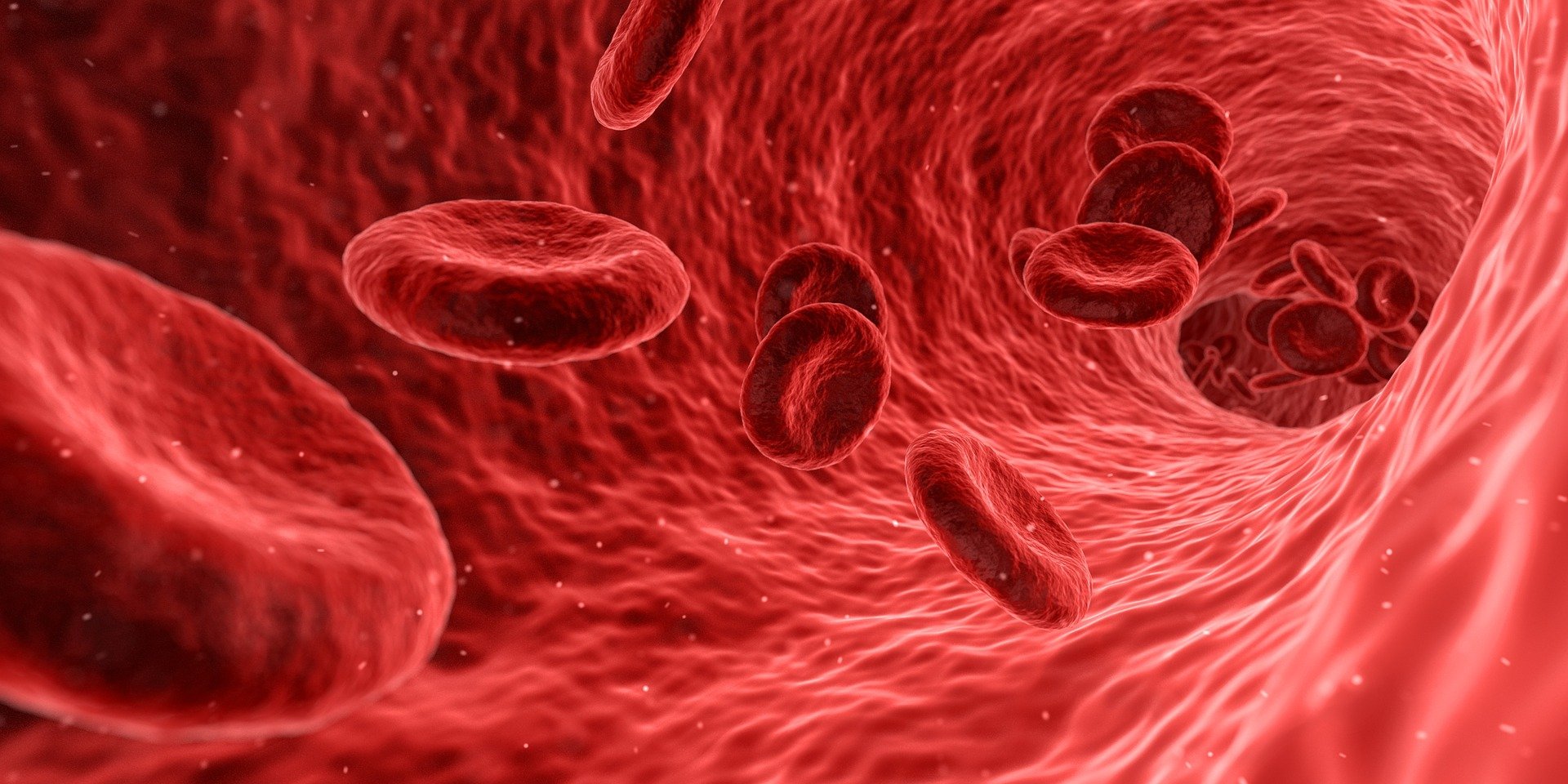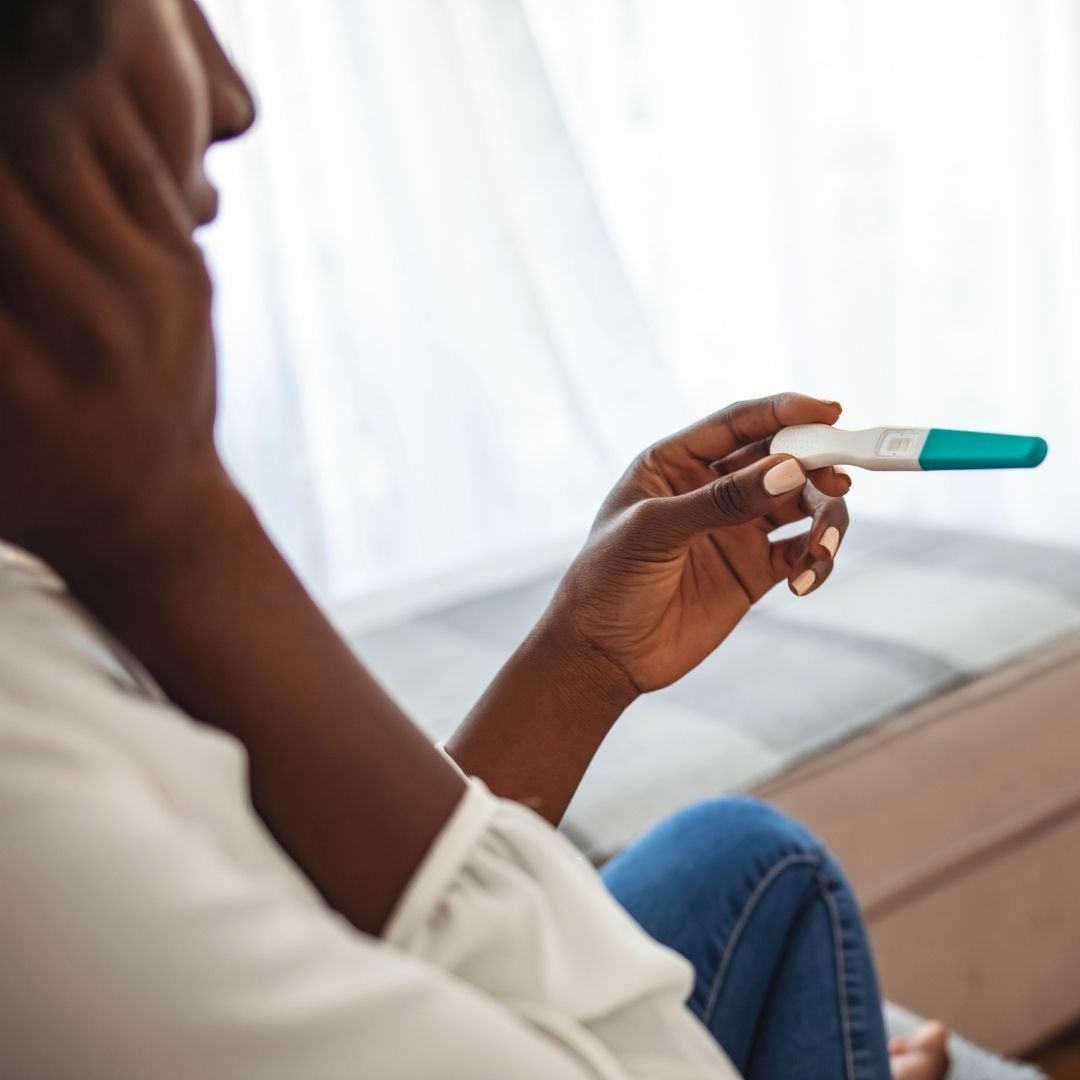Início A nutrição como medida preventiva para o câncer
8 (2021)

A nutrição como medida preventiva para o câncer
Resumo:
Introduction: This study aims to demonstrate the efficacy of nutrition to prevent neoplasia. Review: Integrative literature review using the Lilacs, Google Scholar, BVS and Scielo databases for searching papers published in the last 5 years. Discussion: After analysis of 15 articles it was observed that alimentation has a great influence on the appearance and prevention of neoplasias. Final considerations: the present study demonstrated that inadequate diet plays an important role in the appearance of certain types of cancers, and adequate diet may help to prevent it.
Keywords: prevention, cancer, nutrition.
Expandir Resumo
Acessar Texto Completo


Expectativa da ação da liraglutida no processo de emagrecimento
Resumo:
Introduction: Liraglutide is a synthetic, injectable drug, its action consists in increasing insulin secretion, decreasing the release of glucagon, delaying gastric emptying and causing a reduction in appetite. The objective of the research was to describe the role of liraglutide as a pharmacological strategy for the weight loss process, describing the mechanism of action of liraglutide, identifying the most common adverse reactions associated with this drug, in addition to presenting the therapeutic effects on weight loss. Review: This is an integrative literature review research, the portals for data collection used were the bases of Scielo, BVS and PubMed, with texts in English and Portuguese from the period 2016 to 2021. Studies in English and Portuguese, with full-text availability. The exclusion criteria for the research were articles that did not fit the theme of study and tests on animals, direct combinations with other drugs. Discussion: It was evidenced that the use of liraglutide is efficient and recommended for the weight loss process, the most used dosage was from 0.6 to 3.0mg. There are no differences regarding the different reactions in children, adolescents and adults. Final considerations: Therefore, liraglutide was shown to be effective for weight loss, with high tolerability and safety for age groups from 7 years of age.
Keywords: slimming, hypoglycemic drugs, liraglutide.
Expandir Resumo
Acessar Texto Completo

Atuação do Fisioterapeuta em Dermato-Funcional em Pacientes de Pós-Operatório de Cirurgia Bariátrica: Uma Revisão de Literatura
Resumo:
Introduction: Obesity was defined as excessive accumulation of body fat, the result of an imbalance between food intake and energy expended. Metabolic Syndrome (MS) was considered the main cause of this disease. Bariatric surgery proved to be an effective tool in the control and treatment of obese individuals, who had failed conventional treatment. Objectives: to describe the performance of physiotherapy in accelerating the rehabilitation process, providing relief from pain, edema and patient functionality. Methodology: A literature review was carried out, through classic books and articles, in databases such as: Pubmed, Google Academic, Scielo. The books and articles used were produced in the last eleven years. Results: The role of physiotherapy in the postoperative period of bariatric surgery treats symptoms such as: edema. Lymphatic drainage provides tissue decongestion, as well as: provides faster healing. Discussion: Lymphatic drainage consisted of a massage modality, through precise, light, gentle, slow and rhythmic maneuvers, which follow the path of the superficial lymphatic system. Lymphatic drainage was effective in the treatment, as there is a reduction in edema in the postoperative period of surgery. Final considerations: The treatment of functional dermatological physiotherapy in patients undergoing bariatric surgery, in order to alleviate pain and edema in the immediate postoperative period, prevents and treats complications, in addition to providing a better quality of life
Keywords: obesity, metabolic syndrome, bariatric surgery, dermato functional physiotherapy.
Expandir Resumo
Acessar Texto Completo

A importância das políticas públicas para o tratamento da hemoglobinúria paroxística noturna
Resumo:
Introduction: Rare disease is classified as one that affects up to 65 people per 100,000 individuals. They are usually chronic and degenerative conditions, many of them without a cure or effective and accessible treatment, which cause a high degree of morbidity and mortality, in addition to facing a great challenge, because due to their low incidence, health professionals do not have the knowledge about their existence, which reflects in a late diagnosis and lack of public health preparation. Review: This article focuses on the rare disease called Paroxysmal Nocturnal Hemoglobinuria (PNH) and its scenario in public health. Discussion: The PNH is characterized as a rare acquired chronic hemolytic anemia, caused by the non-malignant clonal expansion of one or several hematopoietic stem cells, developing various symptoms in their carriers. Its estimated annual incidence is 1.3 new cases per one million individuals, but as it is a difficult disease to diagnose, the number may be underestimated and does not reflect reality. Final considerations: PNH patients face a long and difficult trajectory, from diagnosis to effective treatment. Even with established guidelines, many patients with rare diseases and their respective families receive unequal treatment in the health service. Public policies are necessary and need to be effective to improve access to information and treatment, provide the necessary structure and follow-up, to reduce the impact caused by these diseases and contribute to improving the quality of life of patients.
Keywords: rare disease, paroxysmal nocturnal hemoglobinuria, PNH, public health, unified health system, SUS.
Expandir Resumo
Acessar Texto Completo

Integrative literature review on COVID-19 racial ethnic disparities among black pregnant and postpartum women
Resumo:
Introdução: As mulheres pretas grávidas e puérperas têm um risco de morte da COVID-19 quase duas vezes maior do que o das mulheres brancas. Estudos brasileiros detalham o impacto das falhas dos serviços de saúde nesta tragédia em que 15% das mulheres grávidas ou pós-parto que morreram da COVID-19 até Julho de 2020 não receberam assistência ventilatória, 28% não tiveram acesso à UTI, 36% não foram entubadas nem receberam ventilação mecânica. Revisão: Revisão Integrativa da Literatura (RIL), adotando os seguintes critérios de inclusão: artigos publicados a partir de Março de 2020, artigos disponíveis electronicamente e gratuitamente em bases de dados/portais. Os critérios de exclusão foram: artigos que não correspondiam recorte temporal de 2020/2021, que não estavam em inglês e português, textos não disponíveis na íntegra, artigos duplicados na base de dados e artigos de revisão. A coleta de dados foi realizada de Maio a Julho de 2021, na base de dados/portal Web Of Science, Science Direct (SciVerse) de Elsevier Scientific Publications, National Library of Medicine (PUBMED) e Medical Literature Analysis and Retrieval System Online (MEDLINE). Foram utilizados os seguintes Descritores de Ciências da Saúde (DeCS): "COVID-19" OR "SARS-COV" AND "Mulheres Negras" OR "Mulheres Negras" AND "Grávidas" OR "Gravidez" AND "Racismo" OR "Racismo". Discussão: Para selecção de artigos, iniciou-se a pesquisa na base de dados Web Of Science, resultando em 02 artigos, dos quais 02 foram seleccionados para leitura completa e, após uma leitura crítica e completa, 01 artigo foi incluído na revisão. Em Science Direct foram seleccionados 02 artigos, dos quais 02 foram seleccionados para uma leitura completa e, após uma leitura crítica e exaustiva, 01 artigo foi incluído na revisão. No PUBMED, 26 artigos resultaram, 10 foram seleccionados para uma leitura completa e, após uma leitura crítica e exaustiva, 6 artigos foram incluídos na revisão. Finalmente, MEDLINE resultou em 18 artigos, dos quais 5 foram seleccionados para uma leitura completa e, após uma leitura crítica e exaustiva, 3 artigos foram incluídos na revisão. Considerações finais: O estudo incluiu estudos observacionais, com pequenas amostras e grupos étnicos diversos, não permitindo conclusões eficazes. Destacam os estudos brasileiros que utilizaram bases de dados secundárias e baseadas na população, encontraram a raça/cor preta como fator de risco independentemente associado à severidade da COVID-19.
Palavras-chave: COVID-19, gravidez, mulher grávida, racismo, grupos étnicos, morte materna.
Expandir Resumo
Acessar Texto Completo

